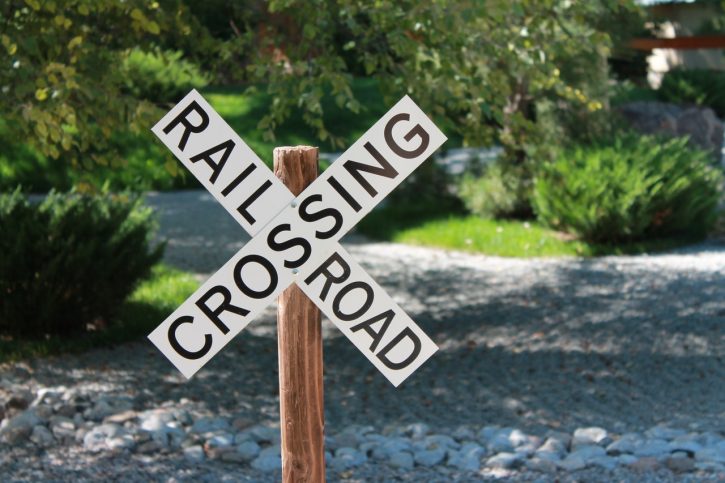
When a train hits a vehicle in Chicago, the result is often deadly. The majority of collisions are caused by to drivers trying to get around railroad crossing barriers, vehicles stalling or becoming stuck or drivers stopping on the tracks.
Rail safety officials admit that even with widespread efforts to improve safety at rail crossings, the real problem is drivers’ behavior. Drivers are growing increasingly impatient and do not comprehend the danger as they approach a rail crossing. There is also more distracted driving.
Although drivers believe that they can beat the train as they approach a crossing, they generally cannot. People think trains are not speeding, but the trains are really going much faster. One tip may be to plan an alternate route. Or, be patient, as most trains pass a crossing in minutes.
Some important rail safety reminders
Operation Lifesaver, a nonprofit involved in rail safety education, reminds drivers:
- Freight trains do not travel on set schedules.
- One should always assume that there will be a train at a rail intersection.
- Train tracks are private property. One should never walk on the tracks. This is dangerous trespass.
- At the point when a train’s engineer observes a trespasser or car on the tracks, there is not enough time to stop.
- Trains have the right of way at all times.
- A train may extend more than three feet beyond the rail, which extends the zone of safety.
- Trains can move in either direction at any time, which is common with commuter and light rail passenger service.
- Traverse the train tracks only at clearly labeled crossings.
- Do not use any interference, including headphones, thus blocking hearing a train approaching.
Train crossings are serious. Drivers should also be prepared to stop when following buses or driving behind trucks containing hazardous materials placards as Illinois law require these vehicles to stop at roadway-rail grade crossings. Contact us to learn more about rail safety.



